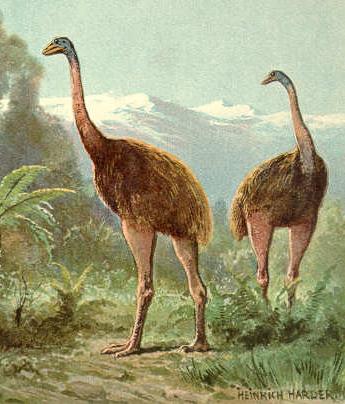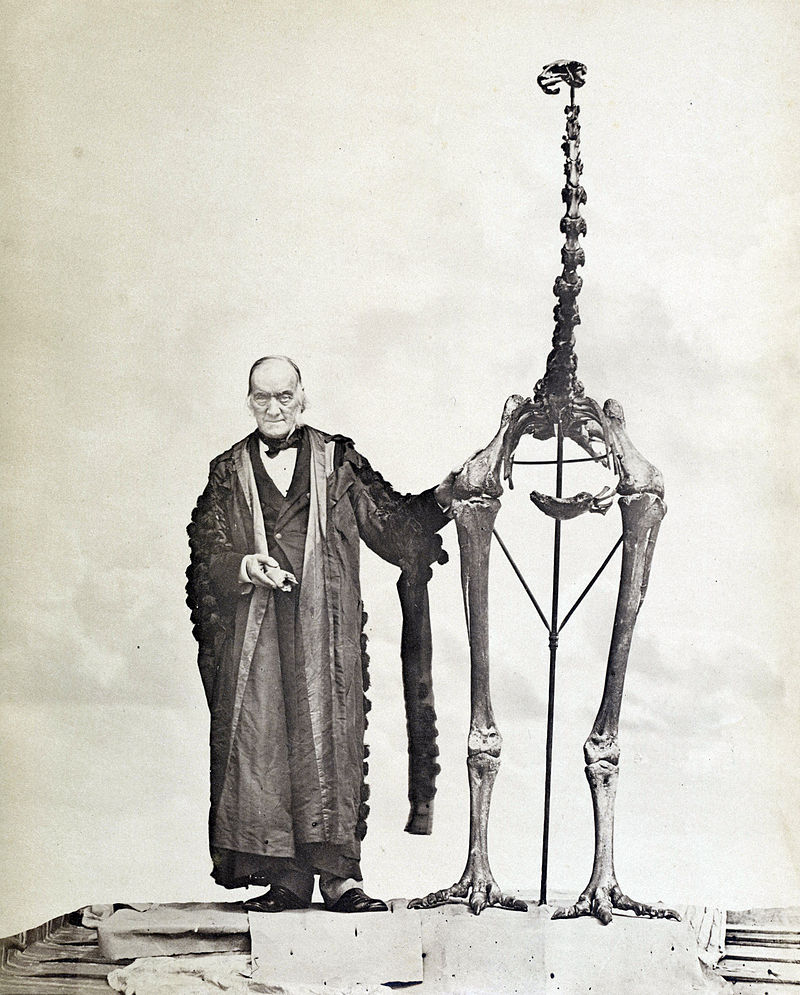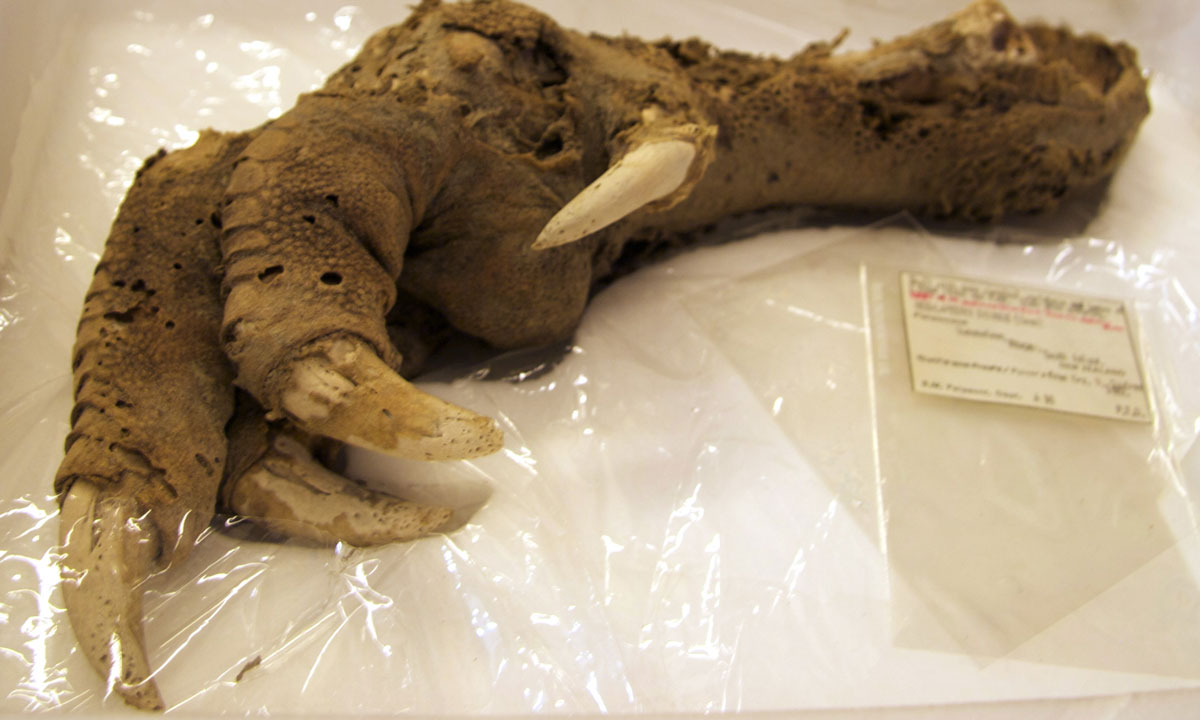
Large flightless birds that once thrived in the forests of New Zealand may be one step closer to resurrection.

Cousins to the ostrich and emu, moa were once New Zealand’s dominant herbivores, roaming the forests to feed on twigs and other plant material. Unlike other flightless birds, they are the only completely wingless birds known to have ever existed.
With the largest species weighing about 500 pounds and stretching up to 12 feet tall, the giant birds had only a single predator, the enormous Haast’s eagle, which may have also hunted humans.
But all 9 species died off by the 15th century — likely hunted to extinction by Polynesian settlers, though some scientists argue that their decline may have been set in motion by natural causes before the humans arrived.

Now, Harvard scientists have assembled a nearly complete genome of one species — the little bush moa, which would have stood about 4 feet high and weighed close to 70 pounds. They believe their work may be able to help one day bring the birds back to life.
The moa’s DNA was extracted from a single toe bone of a museum specimen at the Royal Ontario Museum in Toronto. Researchers were then able to piece together 900 million nucleotides of the highly fragmented DNA, matching them to specific locations on the genome of the emu, a close relative. In the future, scientists may be able to incorporate the DNA into an emu’s egg, possibly bringing the species back into existence.

This recent success is giving other researchers hope that they may be able to sequence genomes of other species in a similar way. Scientists are also close to reconstructing the genome of the dodo and the great auk, birds that both died out in the last 500 years.




